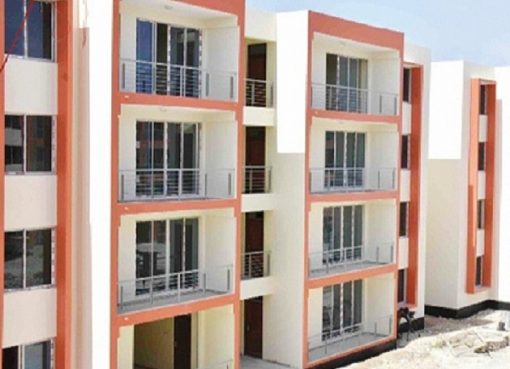King Abdullah University of Science and Technology researchers have developed a smart glass system that could be used for wireless data transmission to electronic devices.
The innovative design features a glass system that would modulate the sunshine streaming through the window, encoding data into the light, which could then be detected and decoded by the electronic devices in the room.
The leader of the research team, Basem Shihada, said he had been exploring data encoding into an artificial light source when he had the ‘lightbulb moment’ to use sunshine.
“I was simply hoping to use a cellphone camera to record a video of the encoded light stream to try to decode the video to retrieve the data; that’s when I thought, ‘Why not do the same with the sunlight?’” Shihada said.
“This would be much easier and can be done over the cellphone camera, too. So we began to explore sunlight as an information carrier.”

Illustration of the polariser effect on the polarised light./ IEEE Photonics Journal
The team has now designed a sunlight communication system comprised of two parts: a light modulator that can be embedded in a glass surface and an in-room receiver.
“The liquid crystal shutter array, which would act like a filter to encode signals into the light as it passes, would require just 1W of power to operate, which can be supplied using a small solar panel.”
In previous optical wireless communications system designs, data has typically been encoded by varying the light intensity. However, this can lead to uncomfortable ‘flicker effects’, if the frequency of these intensity changes is too low.
In order to avoid this, the DLS was designed to manipulate a property of light called polarisation.
“Change in light polarisation is imperceptible to the eye, eliminating the flicker problem,” said Sahar Ammar, a student in Shihada’s team. “The communication system works by changing the polarisation of the incoming sunlight at the modulator side. The receiver can detect this change to decode the transmitted data.”
According to the team’s calculations, the proposed setup could transmit data at a rate of 16 kilobits per second (kbps). However, the scientists have ordered the necessary hardware for a testbed prototype implementation and are aiming to increase the data rates from kilobits to mega- and gigabits per second.
Source: E&T










